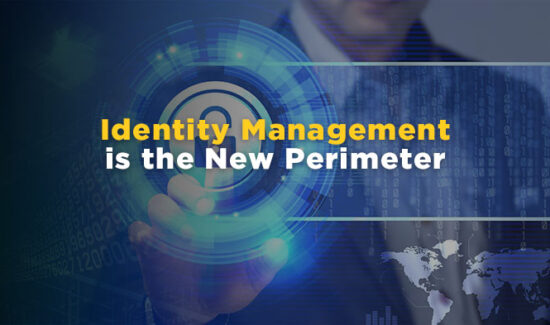Choosing an IDaaS Solution? Keep These Factors in Mind!


Why does an IDaaS solution (Identity-as-a-Service) offer to enterprises’ identity and access management on the cloud?
We live and work in an increasingly evolving digital environment. Enterprises continue to embrace the power of digital transformation for more efficient communications, business processes, and profitability. Cloud and mobile apps proliferate wildly. Yet the growing cloud adoption rate and the subsequent enterprise IT environment changes it requires challenges traditional IAM solutions.
Bluntly put, traditional identity management solutions don’t possess the capabilities or the infrastructure to support cloud or mobile platforms or applications. Instead, enterprises must select an IDaaS solution which provides the Zero-Trust security necessary to properly protect the cloud.
How can your business pick the right IDaaS solution for your enterprise? What factors should you consider as you plan to bring your identity and access management to the cloud? We read “Top Six Considerations When Choosing an Identity as a Service (IDaaS) Solution for Zero Trust Security,” a white paper by IDaaS provider Idaptive. Here’s just some of what we learned:
What is Zero-Trust?
According to Idaptive, Zero-Trust Security involves enterprise user authentication through capabilities such as single sign-on (SSO), multi-factor authentication (MFA), and enterprise mobility management (EMM. Additionally, a Zero-Trust security applies context-aware policy to help ensure the legitimacy of users’ authentication.
Zero-Trust also ties into the Principle of Least Privilege, a key aspect of next-generation identity and access management. The Principle of Least Privilege mandates users only have the permissions they absolutely need to perform their general job duties and nothing more. This ensures stolen or abused user credentials can only cause a contained amount of damage.
If users need permissions for temporary projects, they can receive them on a limited-time basis, and even then the Principle of Least Privilege applies!
Never Neglect Single Sign-On
According to the National Institute of Standards and Technology, the average user undergoes 23 authentication events per day.
That’s quite a few! No wonder so many employees neglect password security best practices; trying to keep track of so many passwords for so many logins must prove a daunting task!
Indeed, credentials reuse and weak passwords continue to plague enterprises’ identity management policies. Furthermore, mobile and remote workers run into their own login issues, as logging in with a password on a mobile device is an exercise in frustration.
While some of these password issues stem from entrenched employee password creation practices, Single Sign-On can help solve many of them!
A major capability in IAM, Single Sign-On (SSO) allows users to log into an app hosted on any environment using a single or federated identity; for enterprise logins, this can be their Active Directory ID.
SSO removes the necessity of complex or weak passwords for users’ logins. Furthermore, it facilitates the user experience and streamlines business processes, as it reduces overall login time. Therefore, your IDaaS solution should provide SSO capabilities which unify all of your business applications, regardless of their IT environment (cloud or on-premises).
Ideally, your IDaaS-provided Single Sign-On should allow authenticated users one-click cloud access and Zero Sign-On for mobile devices. Identity Federation may also contribute positively to your cloud identity security policies.
App Access Lifecycle Management
Lifecycle management concerns itself with how your users enter, progress, and exit your enterprise over the course of their careers; their access permissions must adapt to their evolving job descriptions, granting them access to the resources they need to complete their functions.
Your ideal IDaaS solution should allow your enterprise to easily and automatically provision employees with the proper permissions during the onboarding process; additionally, IDaaS should also help with deprovisioning employees’ credentials during the offboarding process.
The automation achieved through an IDaaS solution relieves some of the burdens on your IT security team, ultimately saving you time and resources. Provisioning properly when the employee first becomes onboarded saves your helpdesk time normally spent on fixing permissions issues.
IDaaS can help provision and deprovision identities to cloud-based applications as well as on-premises applications.
We only scratched the surface on the key factors enterprises should consider with their IDaaS solution. To get more information, we recommend downloading the “Top Six Considerations When Choosing an Identity as a Service (IDaaS) Solution for Zero Trust Security” white paper by Idaptive. They dive deep into IDaaS solutions and how it can facilitate your enterprise’s cloud environment and identity security. You can download it here.
Widget not in any sidebars























